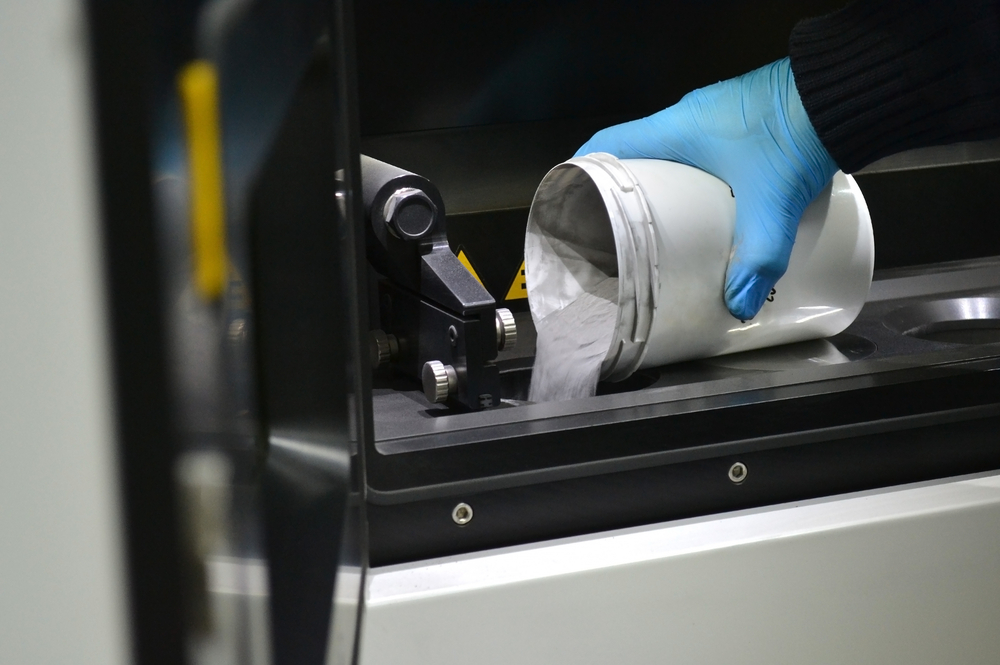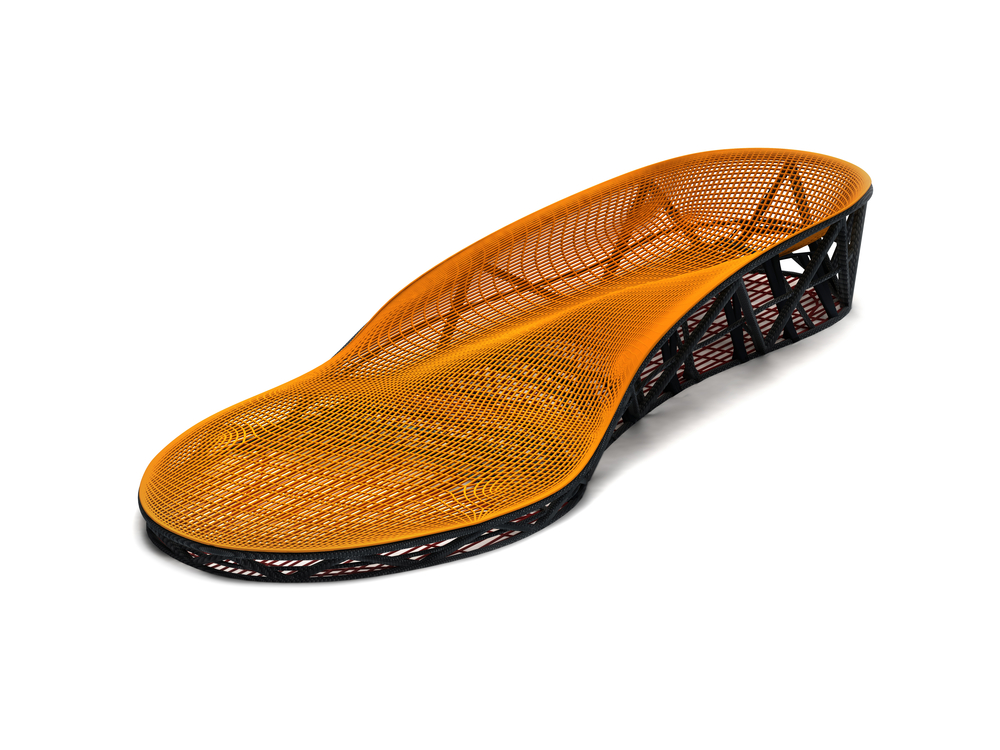Many manufacturers’ first exposure to 3D printing was fused deposition modeling, in which plastic filaments extrude through a nozzle during printing. Materials used in 3D printing were formerly confined to plastics and weak metal alloys that could be extruded at low temperatures. The scope of 3D-printable materials has grown considerably to include various metals, polymers, organic materials, ceramics, and even biological materials.
Specialized 3D printing systems have grown along with an increasing number of 3D-printable materials. Production-grade 3D printing materials and production-scale 3D printing systems and services are now attracting major brands and manufacturers. Adopting 3D printing will allow companies to innovate, bring new products to the market faster, and improve product performance. However, manufacturers must carefully select the appropriate production-grade 3D printing materials, production printing systems, and scalable post-processing solutions to ensure high throughput and yield.

Types of Materials Used in 3D Printing
The current range of materials used in 3D printing is extensive and continues to grow. Standard materials, like plastics and metals, and advanced polymers and composites can all be 3D printed with various processes. Most materials fall into one of the four categories displayed below.
| Material Type | Printing Considerations | Applications |
| Metals | Available as powder suspensions; require heat/light for curing | Aerospace, automotive, tooling, refractory metal components |
| Ceramics | Uses a powder/binder mix or slurry with specialized processes for printing | Machinery, electronics, biomedical engineering, and aerospace |
| Composites | Uses extrusion processes; mechanical properties can be tuned, but the material is less adaptable to multiple printing processes | Small and medium-sized mechanical parts with high strength-to-weight ratio; unique applications like building materials |
| Polymers | Many materials with a broad range of mechanical properties, adaptable to multiple printing processes | Footwear, dental devices, tooling, wearable products, medical products |
Many materials are developed to work with a single printing process or system. Recent advancements are incorporating bio-based inputs into 3D printing materials to make manufacturing more sustainable.
A 3D printer’s ability to provide the optimum printing environment for the material – such as heat, light spectrum, and light intensity – determine printing compatibility. Among these four classes of materials, polymers offer a broad range of possible material properties that can meet the needs of many industries.
Advantages of 3D-Printable Polymer Materials
When considering which class of materials to use for 3D printing a new or existing product, 3D-printable polymers are abundant and are becoming more cost-effective. Using this class of materials in 3D-printed products provides advantages over other materials and traditional manufacturing processes.
3D-Printable Polymers Can Match or Exceed Mechanical Properties of Traditional Polymers
3D-printable materials that can match a current product or prototype’s material properties while providing design freedom, simplifies the production process and enables faster adoption.
The increasing number of advanced 3D-printable polymer materials makes it easier for manufacturers to find 3D-printable materials that meet the requirements to replace traditional materials. Proving 3D-printable material matches or exceeds traditional material’s performance advances the manufacturer to the next level: product-level acceptance.
The product is printed with the 3D-printable material and tested to ensure it performs as expected during product-level acceptance testing. Removing performance hurdles reduces the steps and time for 3D printing material adoption.
Material Properties of Polymers are Tunable
A process termed Design for Additive Manufacturing (DfAM) involves designing a metamaterial structure, such as a fractal mesh or lattice structure, in the product itself. These structures tailor 3D-printable polymer product’s performance to match or exceed the replaced product’s performance. Commercially-available generative design software, like LuxGen, can be used for DfAM, and designers or experienced 3D printing service providers can refine designs to maximize performance and minimize part weight.
Another advantage of polymers is that they can be enhanced with reinforcement materials or other additives, giving polymer material developers a way to improve desired mechanical properties, printability, and appearance of polymer materials. Polymer ceramic composites, polymer matrix composites, and other polymer variations are being researched and developed for 3D printing processes.

High-Performance Polymers Are Accelerating Innovation Through Production
Traditional polymers are currently produced at an industrial scale and used to manufacture everyday products. The global polymer supply chains, particularly photoinitiated polymer resins, can be leveraged to develop and scale 3D-printable materials for a range of 3D printing processes, including deposition and curing processes.
Diverse and scalable 3D-printable polymers have expanded the number of products and applications it can support. Medical devices, dental products, and footwear are increasingly leveraging 3D printing and bringing high-performance 3D printed polymer products to market.
High-performance 3D-printable polymers are also accelerating manufacturers’ innovation cycle. More designs can be explored, tested, modified, and validated quickly without the need for tooling during the innovation cycle. After a company finalizes the design, the manufacturer can immediately start production using the same 3D-printable polymers and 3D printers used during innovation, or immediately scale with a cloud-connected 3D printer to a Smart Factory. The speed of innovation enabled by 3D printing allows manufacturers to better match supply with demand and quickly improve products. Companies can better compete if they can mitigate risk from supply chain volatility and rapidly respond to new market opportunities
If your company is looking to scale with cloud-connected 3D printers, high-performance materials, or an on-demand Smart Factory production service, LuxCreo’s patented LEAP™ (Light Enabled Additive Production) process is the ideal 3D printing process. LuxCreo’s material options can match or exceed many traditional polymer materials used in a range of industries. The LEAP™ process enables fast printing speeds for LuxCreo and third-party materials, giving manufacturers a broad material selection for high throughput 3D printing production.
For more information on how our services can improve your supply chain and manufacturing processes, visit our contact page or call (650) 336-0888.